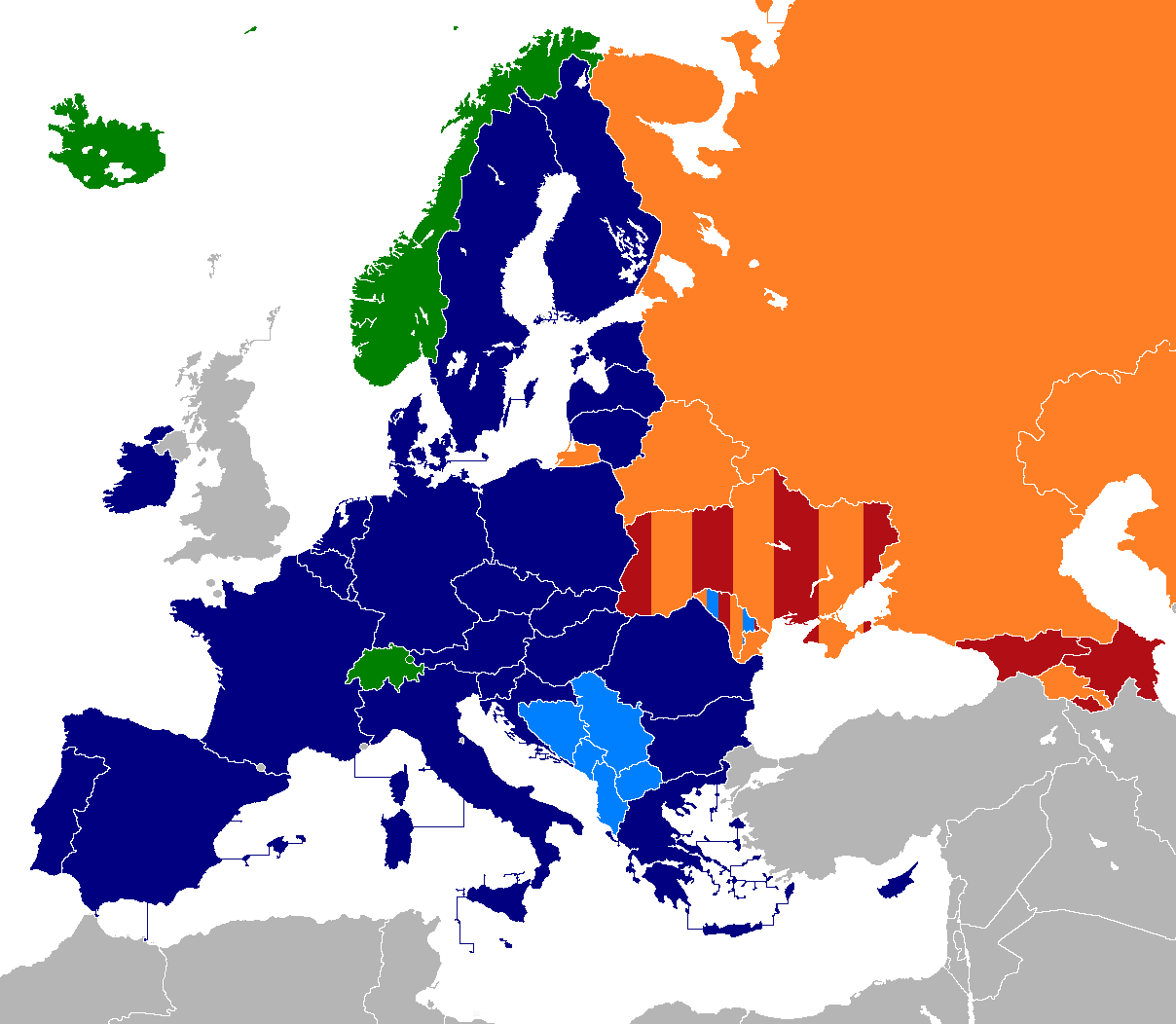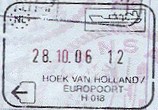|
Van Der Elst Visa
The Vander Elst visa is a type of visa or work permit available to non- EEA/EFTA citizens employed by and working for a company in an EU/EEA/EFTA country, that allows them to work for that company in another EEA/EFTA member state, subject to meeting certain eligibility conditions. The name comes from a legal case where Raymond Vander Elst appealed his case to the European Court of Justice and won in 1994. However, it seems to vary how this is implemented, and often non-EEA-citizens need a normal work visa or work permit when working in another member country regardless of employer See also *Visa policy of the Schengen Area The visa policy of the Schengen Area is an element within the wider area of freedom, security and justice policy of the European Union. It applies to the Schengen Area and to other EU member states except Visa policy of Ireland, Ireland. The v ... (but Vander Elst visas apply also to non-Schengen countries in the EU/EEA) References European Economic ... [...More Info...] [...Related Items...] OR: [Wikipedia] [Google] [Baidu] |
Visa (document)
A visa (from the Latin ''charta visa'', meaning "paper that has been seen") is a conditional authorization granted by a polity to a foreigner that allows them to enter, remain within, or leave its territory. Visas typically include limits on the duration of the foreigner's stay, areas within the country they may enter, the dates they may enter, the number of permitted visits, or if the individual has the ability to work in the country in question. Visas are associated with the request for permission to enter a territory and thus are, in most countries, distinct from actual formal permission for an alien to enter and remain in the country. In each instance, a visa is subject to entry permission by an immigration official at the time of actual entry and can be revoked at any time. Visa evidence most commonly takes the form of a sticker endorsed in the applicant's passport or other travel document but may also exist electronically. Some countries no longer issue physical visa evi ... [...More Info...] [...Related Items...] OR: [Wikipedia] [Google] [Baidu] |
European Economic Area
The European Economic Area (EEA) was established via the ''Agreement on the European Economic Area'', an international agreement which enables the extension of the European Union's single market to member states of the European Free Trade Association. The EEA links the EU member states and three EFTA states (Iceland, Liechtenstein, and Norway) into an internal market governed by the same basic rules. These rules aim to enable free movement of persons, goods, services, and capital within the European single market, including the freedom to choose residence in any country within this area. The EEA was established on 1 January 1994 upon entry into force of the EEA Agreement. The contracting parties are the EU, its member states, and Iceland, Liechtenstein, and Norway. The EEA Treaty is a commercial treaty and differs from the EU Treaties in certain key respects. According to Article 1 its purpose is to "promote a continuous and balanced strengthening of trade and economic relati ... [...More Info...] [...Related Items...] OR: [Wikipedia] [Google] [Baidu] |
European Free Trade Area
At present, there are four multi-lateral free trade areas in Europe, and one former free trade area in recent history. Note that there are also a number of bilateral free trade agreements between states and between trade blocks; and that some states participate in more than one free trade area. EU The European Union (EU) has always operated as more than a free trade area with its predecessor, the European Economic Community (EEC) being founded as a customs union. The EU has free trade agreements to varying levels with most other European countries. ;EU Single Market The EU shares its single market with three EFTA members via the European Economic Area agreement, and the remaining EFTA member— Switzerland—via bilateral agreements. ;EU Customs Union The European Union Customs Union is a customs union which consists of all the member states of the European Union and Turkey, San Marino, Monaco, Andorra and the UK territory of Akrotiri and Dhekelia which are outside of the ... [...More Info...] [...Related Items...] OR: [Wikipedia] [Google] [Baidu] |
Appellate Court
A court of appeals, also called a court of appeal, appellate court, appeal court, court of second instance or second instance court, is any court of law that is empowered to hear an appeal of a trial court or other lower tribunal. In much of the world, court systems are divided into at least three levels: the trial court, which initially hears cases and reviews evidence and testimony to determine the facts of the case; at least one intermediate appellate court; and a supreme court (or court of last resort) which primarily reviews the decisions of the intermediate courts, often on a discretionary basis. A particular court system's supreme court is its highest appellate court. Appellate courts nationwide can operate under varying rules. Under its standard of review, an appellate court decides the extent of the deference it would give to the lower court's decision, based on whether the appeal were one of fact or of law. In reviewing an issue of fact, an appellate court ordina ... [...More Info...] [...Related Items...] OR: [Wikipedia] [Google] [Baidu] |
European Court Of Justice
The European Court of Justice (ECJ, french: Cour de Justice européenne), formally just the Court of Justice, is the supreme court of the European Union in matters of European Union law. As a part of the Court of Justice of the European Union, it is tasked with interpreting EU law and ensuring its uniform application across all EU member states under Article 263 of the Treaty of the Functioning of the European Union (TFEU). The Court was established in 1952, and is based in Luxembourg. It is composed of one judge per member state – currently – although it normally hears cases in panels of three, five or fifteen judges. The Court has been led by president Koen Lenaerts since 2015. The ECJ is the highest court of the European Union in matters of Union law, but not national law. It is not possible to appeal against the decisions of national courts in the ECJ, but rather national courts refer questions of EU law to the ECJ. However, it is ultimately for the national court ... [...More Info...] [...Related Items...] OR: [Wikipedia] [Google] [Baidu] |
Visa Policy Of The Schengen Area
The visa policy of the Schengen Area is an element within the wider area of freedom, security and justice policy of the European Union. It applies to the Schengen Area and to other EU member states except Visa policy of Ireland, Ireland. The visa policy allows nationals of certain countries to enter the Schengen Area via air, land or sea without a visa for stays of up to 90 days within a 180-day period. Nationals of certain other countries are required to have a visa either upon arrival or in transit. The Schengen Area consists of 22 Member state of the European Union, EU member states and four non-EU countries that are members of European Free Trade Association, EFTA: Iceland, Liechtenstein, Norway and Switzerland. Bulgaria, Croatia, Cyprus and Romania, while EU members, are not yet part of the Schengen Area but, nonetheless, have a visa policy that is partially based on the Schengen ''acquis''. Republic of Ireland, Ireland has opted out of the Schengen Agreement and instead ... [...More Info...] [...Related Items...] OR: [Wikipedia] [Google] [Baidu] |


.jpg)

